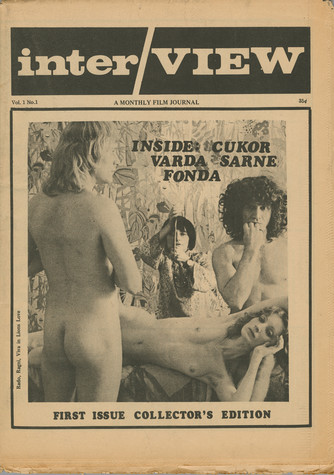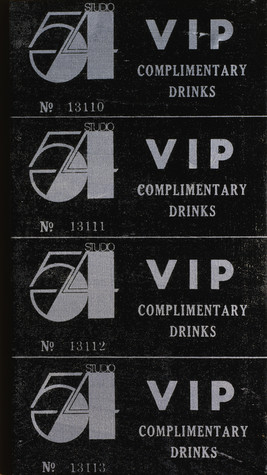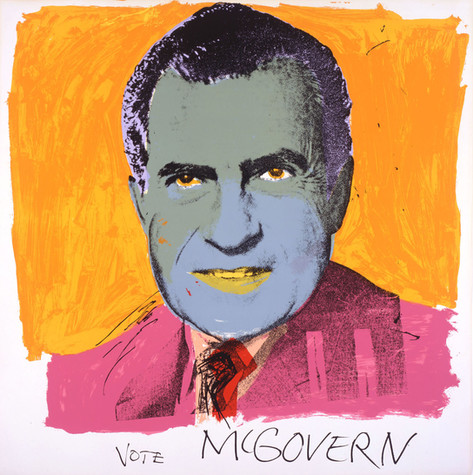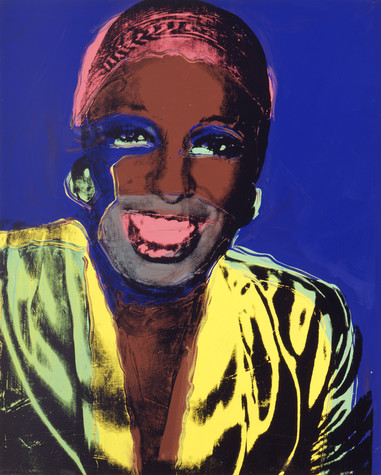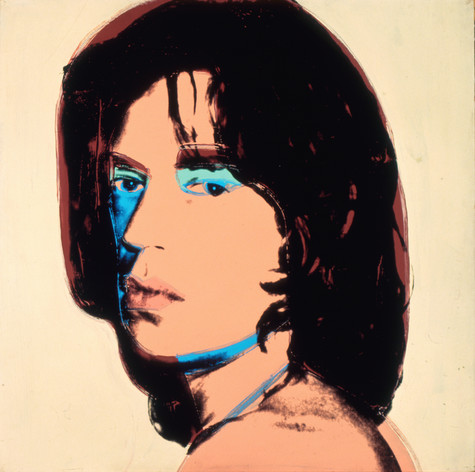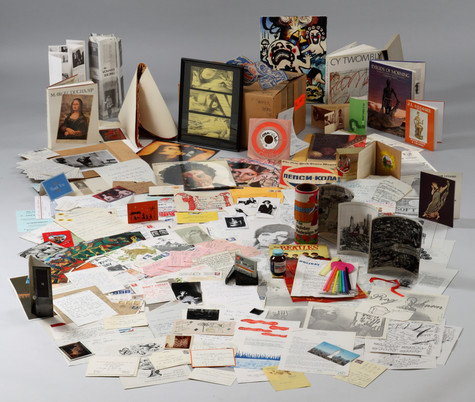1970s
Warhol became increasingly involved in publishing in the late 1960s, becoming fully immersed in the 1970s. In 1969, he co-founded Interview, a magazine devoted to film, fashion, and popular culture that gave him access to the stars. He published his first mass-produced book, Andy Warhol’s Index (Book), in 1967, and THE Philosophy of Andy Warhol (From A to B and Back Again) was published in 1975. Published posthumously in 1989, The Andy Warhol Diaries chronicle his daily life from November 24, 1976, through February 17, 1987, five days before he died; his assistant and friend Pat Hackett transcribed their daily phone conversations detailing the previous day’s events.
Warhol and Craig Braun designed the cover for The Rolling Stones’s album Sticky Fingers in 1971, and the design was nominated for a Grammy Award. He had been commissioned previously for album cover designs and painted portraits, but in the 1970s he began to receive hundreds of commissions from socialites, music and film stars, and others. He was a regular at Studio 54, the famous New York disco, along with celebrities such as fashion designer Halston, Liza Minnelli, and Bianca Jagger.
During this period, Warhol used a Polaroid camera and a tape recorder to document his daily life, from business meetings to star-studded social occasions. He also used Polaroid photographs as source materials for his iconic celebrity portraits and many still lifes throughout the 1970s and 1980s.
A major 1972 exhibition that signaled Warhol’s renewed focus on painting featured a series of works depicting Chairman Mao. Warhol saw the pervasiveness of Mao’s image in China as akin to Western advertising strategies. By 1974, increasing his painting production, Warhol moved his office to a larger space on the 3rd floor of 860 Broadway on Union Square. The 1970s saw a prolific number of paintings, often including controversial or charged imagery, including Vote McGovern (1972), Ladies and Gentlemen (1975), Skulls (1976), Hammer and Sickle (1976), and Oxidation Paintings (1978), which were created by Warhol friends and studio assistants urinating onto a canvas primed with a metallic paint.
Warhol started his largest serial work in 1974, the Time Capsules. He filled, sealed, and sent to storage 569 standard-sized cardboard boxes, 20 filing cabinets (two Time Capsules per cabinet), and a large steamer trunk. Each Time Capsule is filled with ephemera—letters, photographs, publications, recordings, clothing, food, medicine, toys, antiques, ticket stubs, artworks, and more—dating from the 1950s to his death in 1987.
Celebrity
Warhol was infatuated with Hollywood celebrity and fame since childhood. He wrote to movie stars for headshots and fan photos, assembling scrapbooks between 1938 and 1941. In the 1960s, The Factory became a hangout for artists, musicians, and writers, including Lou Reed, Bob Dylan, Truman Capote, and many more. Warhol’s Superstars, including Edie Sedgwick, Brigid Berlin, Ondine, and Candy Darling, were Factory goers who appeared in his films and became fixtures in his social life. In the 1970s, Warhol was a regular at the New York disco Studio 54, and he received hundreds of portrait commissions from wealthy socialites, musicians, and film stars. He remained in the spotlight in the 1980s with his television work and high-fashion modeling. Warhol achieved stardom, and helped others do the same, realizing his expression, “In the future, everyone will be world-famous for 15 minutes.”
Collecting
Central to Warhol’s practice were collecting and documenting. He collected everything from watches to cookie jars, and his largest serial work, Time Capsules, encapsulated items from his daily life from the 1950s to his death. He documented the world around him not only through his paintings and films, but also through his tape recorder and Polaroid photography, capturing his encounters, both mundane and magnificent.
